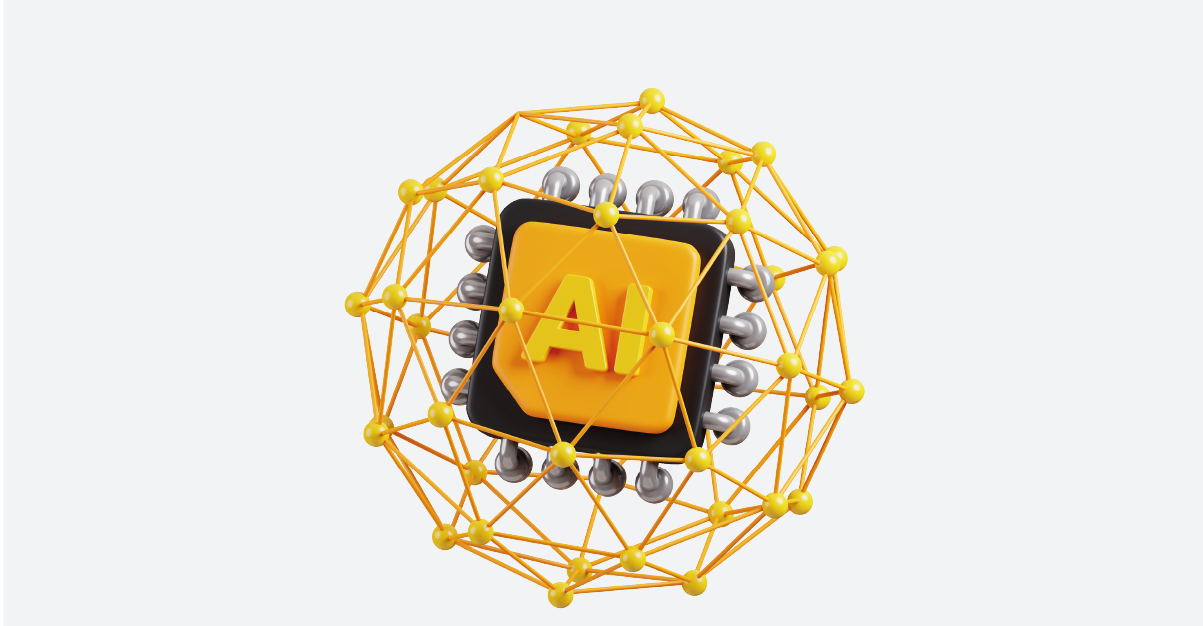In the bustling world of digital media, where images flood our screens every second, the ability to recognize and identify logos swiftly has become paramount. From social media platforms to e-commerce websites, logos serve as the visual representation of brands, making logo detection a crucial aspect of modern technology.
Introduction to Logo Detection

Logo detection is the process of automatically identifying and locating logos within images or videos. It utilizes advanced algorithms and image processing techniques to recognize specific patterns, shapes, and colors associated with a particular brand emblem.
Importance of Logo Detection in Digital Media
In today’s digital landscape, where visual content dominates user engagement, logo detection plays a pivotal role in various applications. It enables businesses to track brand visibility, analyze market trends, and safeguard intellectual property rights.
How Logo Detection Works
1. Image Processing Techniques
Logo detection begins with preprocessing images to enhance contrast, reduce noise, and extract relevant features. Techniques such as edge detection, color segmentation, and morphological operations help isolate logos from complex backgrounds.
2. Machine Learning Algorithms
Machine learning algorithms, particularly convolutional neural networks (CNNs), have revolutionized logo detection. These algorithms learn to recognize patterns and features within images, enabling accurate detection and classification of logos.
Applications of Logo Detection
1. Brand Monitoring
Logo detection enables businesses to monitor brand visibility across various platforms, including social media, websites, and print media. It helps assess the effectiveness of marketing campaigns and identify potential brand infringements.
2. Content Analysis
In digital marketing, logo detection facilitates content analysis by tracking brand mentions and logo placements in multimedia content. It provides valuable insights into consumer behavior and competitor strategies.
3. Copyright Protection
Logo detection serves as a vital tool for copyright protection, allowing brands to detect unauthorized use of their logos online. By identifying instances of logo misuse or infringement, companies can take proactive measures to safeguard their intellectual property.
Challenges
Despite its advancements, logo detection faces several challenges that hinder its accuracy and reliability.
1. Variability in Logo Designs
Logos come in diverse shapes, colors, and styles, making them challenging to detect consistently across different contexts and backgrounds.
2. Scale and Rotation Invariance
Logos may appear at varying scales and orientations within images, requiring robust algorithms capable of handling scale and rotation invariance.
3. Occlusion and Background Noise
In real-world scenarios, logos may be partially obscured or distorted by occlusions and background noise, posing additional challenges for detection algorithms.
Techniques for Improving Logo Detection Accuracy
To overcome these challenges, researchers and developers employ innovative techniques to enhance logo detection accuracy.
1. Dataset Augmentation
Dataset augmentation involves generating synthetic images by applying transformations such as rotation, scaling, and cropping to existing datasets. This helps improve the model’s generalization and robustness to diverse logo variations.
2. Transfer Learning
Transfer learning allows models pre-trained on large-scale datasets to be fine-tuned for logo detection tasks. By leveraging pre-existing knowledge, transfer learning accelerates model convergence and improves performance on limited datasets.
3. Ensemble Methods
Ensemble methods combine multiple models or algorithms to make collective predictions, thereby reducing bias and variance in logo detection systems. Techniques such as bagging and boosting enhance model robustness and generalization.
Logo Detection Tools
Several software libraries and frameworks support the development and deployment of logo detection systems.
1. OpenCV
OpenCV (Open Source Computer Vision Library) provides a rich set of tools and functions for image processing and computer vision tasks, including logo detection.
2. TensorFlow
TensorFlow, an open-source machine learning framework developed by Google, offers high-level APIs and tools for building and training deep learning models, including those for logo detection.
3. PyTorch
PyTorch, another popular deep learning framework, is known for its dynamic computational graph and ease of use in research and production settings. It provides flexible tools for implementing custom logo detection pipelines.
Ethical Considerations
As with any technology, logo recognition raises important ethical considerations regarding privacy, security, and fair use.
1. Privacy Concerns
Logo recognition systems may inadvertently capture and analyze sensitive information present in images, raising privacy concerns regarding data collection and usage.
2. Misuse and Manipulation
In the wrong hands, logo recognition technology can be misused for malicious purposes, such as altering or falsifying images for deceptive or fraudulent activities.
Future Trends
The future of logo recognition holds exciting possibilities for innovation and advancement in digital branding and advertising.
1. Integration with Augmented Reality
The integration of logo recognition with augmented reality (AR) technologies will enable immersive brand experiences, allowing users to interact with logos in real-time environments.
2. Real-Time Detection Systems
Advancements in real-time image processing and machine learning algorithms will lead to faster and more accurate logo detection systems, opening new opportunities for dynamic content analysis and brand engagement.
Conclusion
In conclusion, logo detection stands at the forefront of digital media technology, offering unparalleled capabilities for brand recognition, content analysis, and copyright protection. Despite its challenges and ethical considerations, logo recognition continues to evolve, driving innovation and reshaping the way we perceive and interact with visual content online.
Would you like to see how logo detection can revolutionize your digital strategy? Request a demo from AIM Technologies today to explore the power of cutting-edge logo recognition solutions. Unlock new opportunities for brand monitoring, content analysis, and intellectual property protection. Take the first step towards enhancing your brand’s presence in the digital landscape.
FAQs
How accurate are logo recognition algorithms?
- Logo recognition algorithms vary in accuracy depending on factors such as dataset quality, algorithm complexity, and the variability of logo designs. State-of-the-art algorithms can achieve high accuracy rates, but performance may vary based on specific use cases and environmental factors.
Can logo recognition be used for trademark registration purposes?
- While logo recognition technology can assist in identifying instances of logo usage, it does not replace the formal trademark registration process. Trademark registration involves legal procedures and requirements set by relevant authorities. Logo recognition can complement trademark registration efforts by monitoring brand visibility and detecting potential trademark infringements.
What are the limitations of current logo recognition systems?
- Current logo recognition systems face challenges related to variability in logo designs, scale and rotation invariance, occlusion, and background noise. Achieving robust detection performance across diverse contexts and environments remains a significant research and development focus.
How do privacy regulations impact the development of logo recognition technology?
- Privacy regulations, such as the General Data Protection Regulation (GDPR) in the European Union, impose restrictions on the collection, processing, and storage of personal data, including images containing identifiable information. Developers of logo recognition technology must ensure compliance with relevant privacy regulations and implement measures to protect user privacy and data security.
Are there any open-source datasets available for training logo recognition models?
- Yes, several open-source datasets are available for training and evaluating logo recognition models, including FlickrLogos-32, Logos In The Wild (LITW), and MS Logo Dataset. These datasets contain annotated images of logos captured in diverse real-world scenarios, facilitating the development of robust and generalizable logo recognition algorithms.




